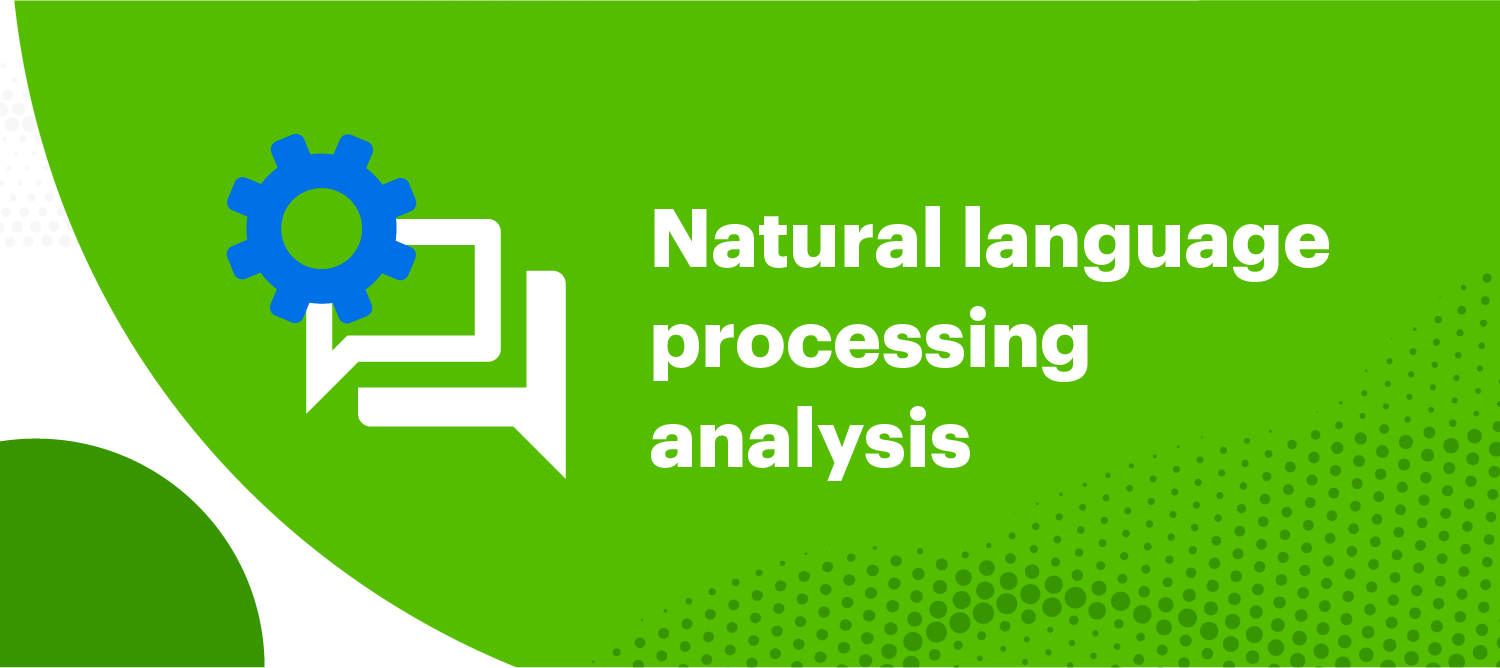What is NLP sentiment analysis?

Emotion is known to drive the thoughts and opinions of consumers, but how can you recognize and classify those feelings? NLP sentiment analysis.
What is NLP?
Natural language processing (NLP) is a form of Artificial Intelligence that comprehends and interprets the written or spoken word in a human-like way.
What is sentiment analysis?
NLP sentiment analysis is the practice of using computers to recognize sentiment or emotion expressed in a text. Through NLP, sentiment analysis categorizes words as positive, negative or neutral.
Emotion vs. sentiment
Most surface level sentiment analysis only notates sentiment through using those three options. Sentiment is a top line assessment of the motivations behind an opinion, while emotion recognizes a larger range of specific feelings.
Advanced forms of emotional analysis go beyond this good/bad spectrum through an elevated understanding of emotion. Notating the specific emotions associated with a group of text allows a nuanced understanding of opinion.
For example, sentiment would recognize an opinion and negative, but negative can include sad, angry or even confused – which are three very different emotions, requiring different responses and solutions.
How to conduct NLP sentiment analysis
Many social listening platforms including Brandwatch and Talkwalker can complete basic NLP sentiment analysis on a text. This can be helpful in pulling the social media conversations relevant to your goal or area of inquiry. For example, if you’re looking to uncover common issues with your product or service, it can be useful to pull only the posts tagged as negative.
The real value lies a layer beyond this general sentiment. Relative Insight recognizes over 20 different emotions including contentment, bravery, fear, worry and calm. Our proprietary form of textual analysis enables a deeper understanding of how customers really feel about your brand and why.
Relative Insight can conduct emotional analysis on any text data source – social media, reviews, open-ended surveys and more. These emotional insights can inform product, customer experience and marketing strategy, ensuring your brand communications reflect the opinions and emotions of consumers.
How does it work?
Relative Insight looks at individual words in addition to surrounding words to categorize emotion. This contextual understanding of an emotion increases the accuracy of the classification.
For example, a reviewer might say they are “not happy.” Although the word happy is included in the review, the preceding word indicates that the consumer is anything but.
This consumer insight method develops a nuanced understanding of an opinion and any accompanying emotions, leading to insights more powerful than positive/negative classification alone.
